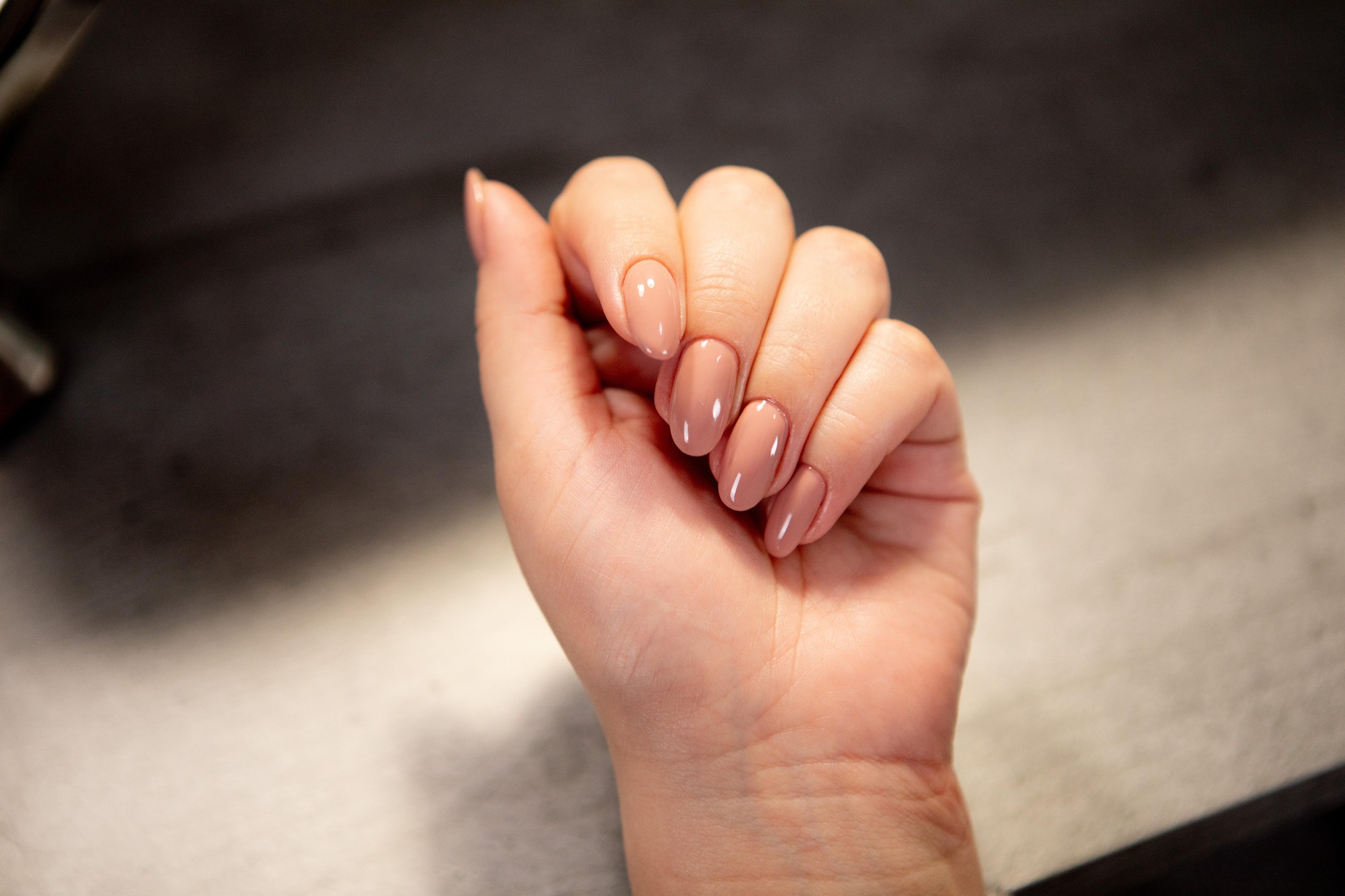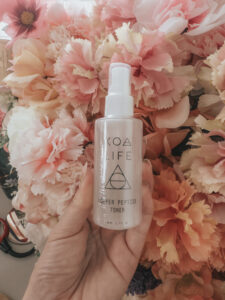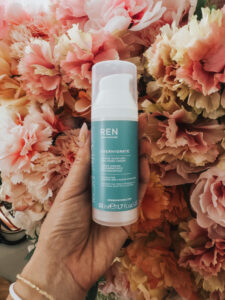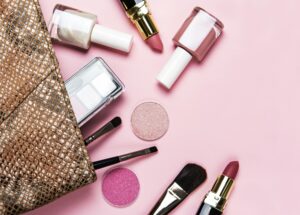The Russian manicure has been around for decades, but lately it has seen a resurgence in popularity. This timeless nail service combines durability with an elegant, natural-looking result that flatters all skin tones. Read on to learn all about what makes the Russian manicure special.
What is a Russian Manicure?
A Russian manicure refers to a specific manicuring technique where a thin layer of acrylic or hard gel is applied on the natural nail and then shaped neatly into a smooth finish. The technician may also apply a sheer, light-colored “pink and white” style polish in a French nail tip style. However, the base stays largely transparent, allowing the natural nail to shine through.
This is different from acrylic nails or hard gel extensions that fully cover the nail with an artificial cap. With a Russian manicure, most of your real nail remains visible, creating a cleaner, more understated style.
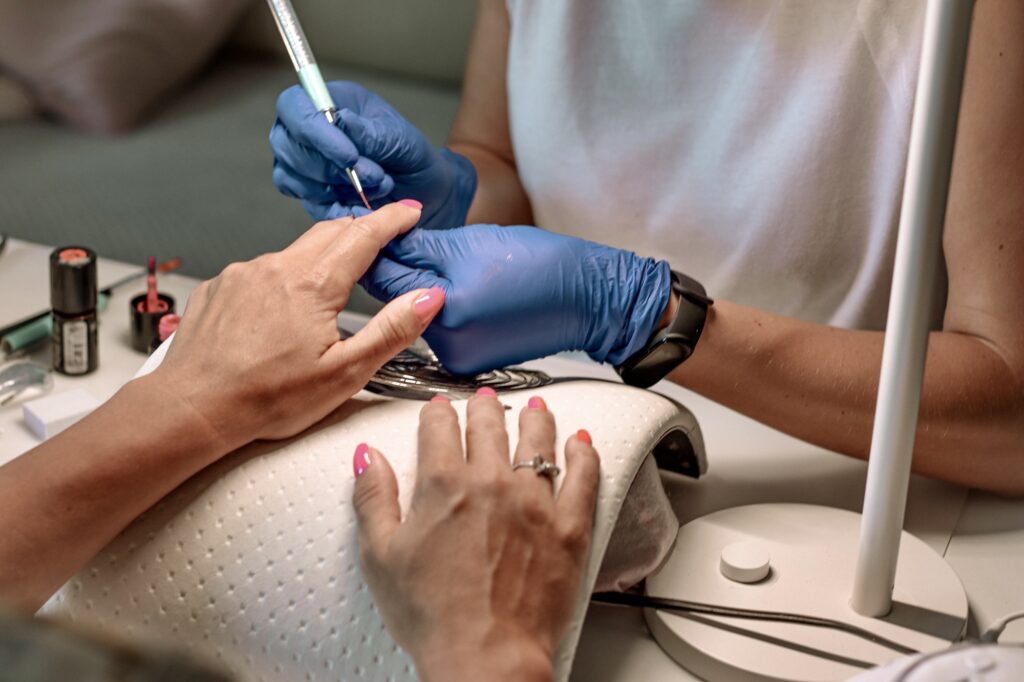
The Benefits of a Russian Manicure
There are many advantages that make the Russian technique popular:
Durability – The thin overlay protects the natural nail underneath, helping prevent splits and breaks. Russian manicures can last 3-5 weeks based on nail growth rate.
Versatility – The natural, sheer palette suits any occasion and can be dressed up with embellishments. The strengthened nail also holds additions like jewels securely.
Natural appearance – Compared to sculpted acrylics, the semi-clear Russian manicure looks more subtle and real. The visible cuticle area also contributes to a polished yet natural aesthetic.
Healthier alternative – With less filing down of the nails required, Russian services help maintain natural nail thickness, making them a gentler enhancement option.
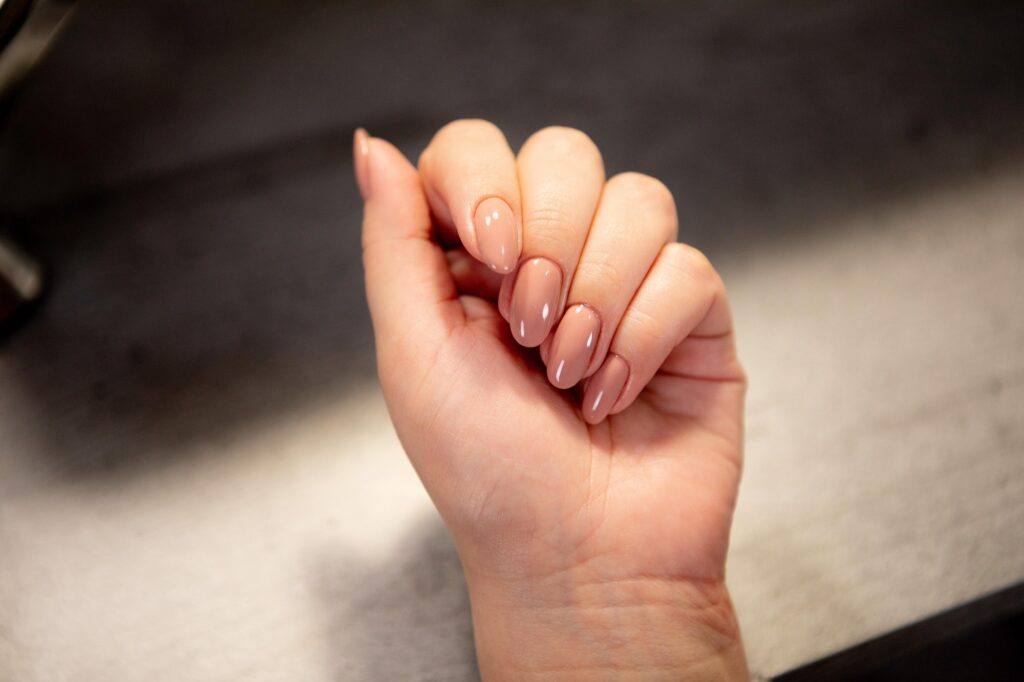
The Russian Manicure Controversy
While beloved for their delicate enhancement of natural nails, Russian manicures also come with their share of controversies that continue heating up salon debates today. Critics argue that certain steps in the process—especially aggressive filing and clipping during shaping—may actually damage the nail bed over time. Repeated thinning of the protective nail plate through filing can eventually lead to serrated edges, persistent white spots on nails, and even increased splitting and peeling.
Some techs counter that when performed with proper care and technique, Russian manicures should never require excessive thinning of natural nails. However, problems tend to arise when clients frequently repeat this intensive enhancement every 2-3 weeks. The regular filing along the free edge causes cumulative stress, prohibiting the nail plate from reaching its optimal thickness and transparency.
Additionally, salon hygiene has plagued many a Russian manicure service, much as it has other nail services. Improperly sanitized electric file bits plus contaminated acrylic and gel powders can lead to bacterial or fungal infections around the nails if not handled properly. Clients with chronically thin, weak nails may be especially vulnerable. This inflammatory reaction of the nail bed is what ultimately what causes lasting damage. Proper cleaning and disinfection of salon tools and surfaces minimizes this risk dramatically when done right.
Finally, as with most any nail service, the Russian manicure result lives and dies by the technician’s skill and experience. Improper application techniques by untrained or uncertain techs often lead to uneven product distribution, premature lifting and discoloration. In the worst cases, incorrectly done acrylic can damage the nail plate through overexposure to chemicals during application. Opting for salons with rigorous training standards and supervision minimizes bad outcomes.
While Russian manicures undeniably make nails shine for a special occasion, certain risks remain depending on salon practices. Keeping these potential controversies in mind while screening techs and salons helps ensure that these classic enhancements retain their graceful reputation.

